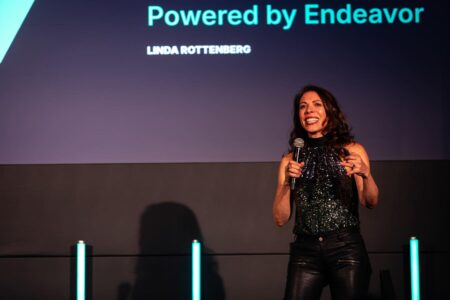Paying off debt is no easy task, but this lofty goal is achievable with the right financial strategy.
Starting your debt-free journey generally begins with simple steps such as sticking to a budget and gradually working towards increasing your income.
How To Become Debt-Free
Here are the five essential strategies for achieving financial freedom.
1. Create A Budget And Stick To It
The first step to overcoming debt is to ensure that a portion of your income is always allocated to paying it off. The most efficient way to achieve this is to create a budget and stick to it.
Creating a budget requires pre-allocating your expected income to specific spending or saving categories. If you’re having trouble matching your expected income with your expected expenses, try to reduce your “wants” or unnecessary spending.
Furthermore, if you unexpectedly fall short in one category, avoid dipping into funds reserved for debt repayment. Instead, consider other ways to raise funds to cover these expenses.
2. Pay Off Credit Cards Every Month
Credit cards help cover expenses when you don’t have cash upfront and are crucial for building your credit score. When used carelessly, they can accelerate debt accumulation and accrue high interest fees.
To reap the benefits of credit cards without falling into their traps, pay off your entire balance by the end of each billing cycle.
Since only balances left uncleared by the end of the card’s cycle incur interest charges, you should be able to prevent further debt by avoiding carrying credit card balances for more than a month.
Alternatively, you can pause all credit card usage until you are debt-free and more confident with your financial position.
3. Choose A Debt Payoff Method
Paying debt without a clear strategy can often feel intimidating, so choosing a debt payoff method can be more effective if you want to be debt-free as soon as possible.
The most popular debt payoff methods are the debt snowball method and debt avalanche. Although these strategies are equally effective, their approach and psychological impact differ.
As its name suggests, the debt snowball method starts small by tackling smaller debts first and then progresses to larger ones. With this strategy, you’ll experience small yet fast “wins,” often encouraging people to continue their debt payoff journey.
On the other hand, the avalanche method implements a different strategy. In this strategy, you prioritize debt with the highest interest rate and work your way down. This strategy allows you to minimize the interest fees you pay, saving you money overall.
Both methods are equally effective, so choose whichever debt payoff method suits your preferences.
4. Buy Only What You Need
People don’t always end up in debt solely due to essential living expenses. Sometimes, it’s because they’re overspending on non-essential items and activities that are beyond their means.
Limit your purchases to only what you need to expedite your debt repayment process and avoid falling into debt again.
This doesn’t always mean entirely giving up luxuries or activities that bring you joy. At times, those can also be considered necessities for your well-being. Just make sure not to overspend on them by allocating a strict budget and sticking to it.
5. Make More Money With A Side Hustle
The more money you have, the more you can allocate to repay debt. The final debt repayment strategy I want to highlight is increasing your income by taking up a side hustle.
With adequate time management, side hustles shouldn’t interfere with your day job. It should generate additional revenue to support your day-to-day expenses or, even better, directed toward paying off debt.
Read the full article here











